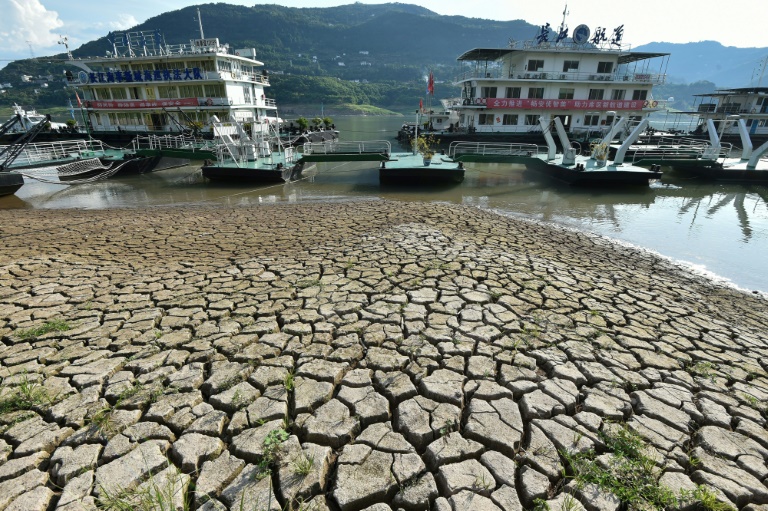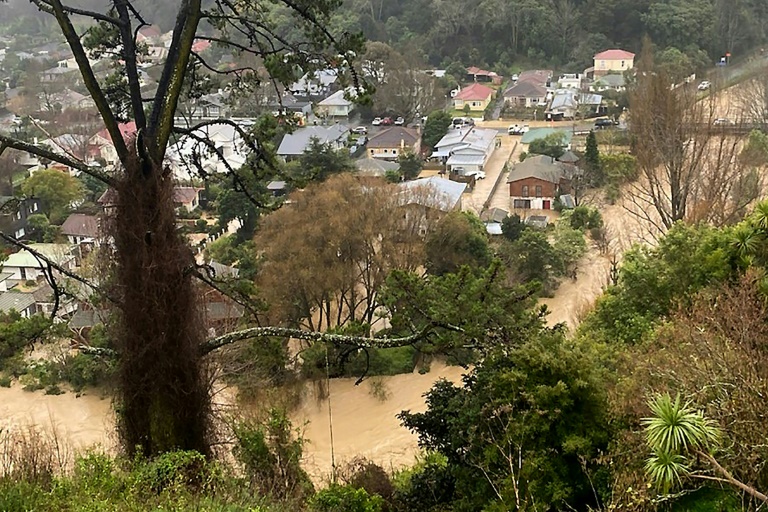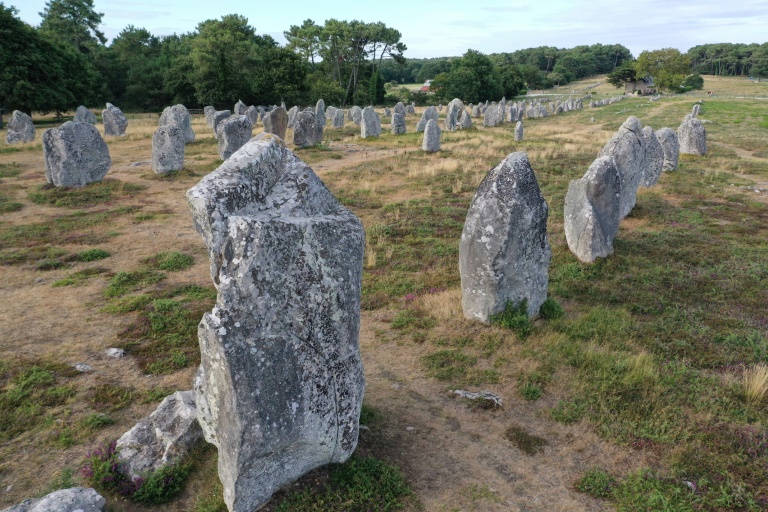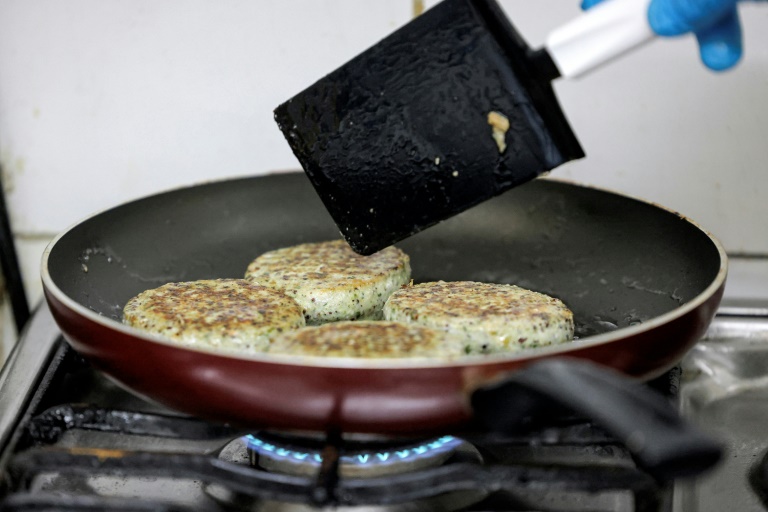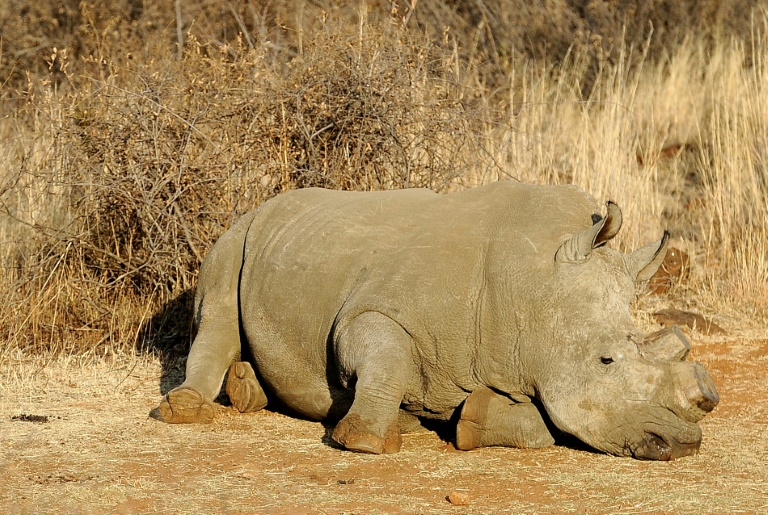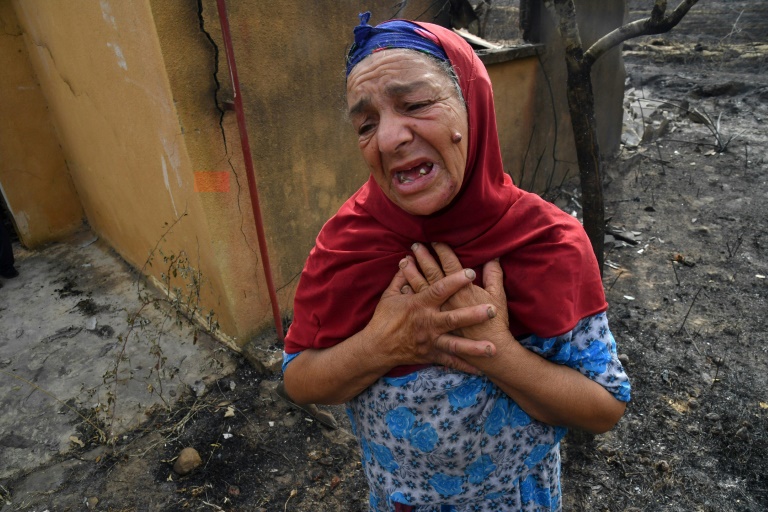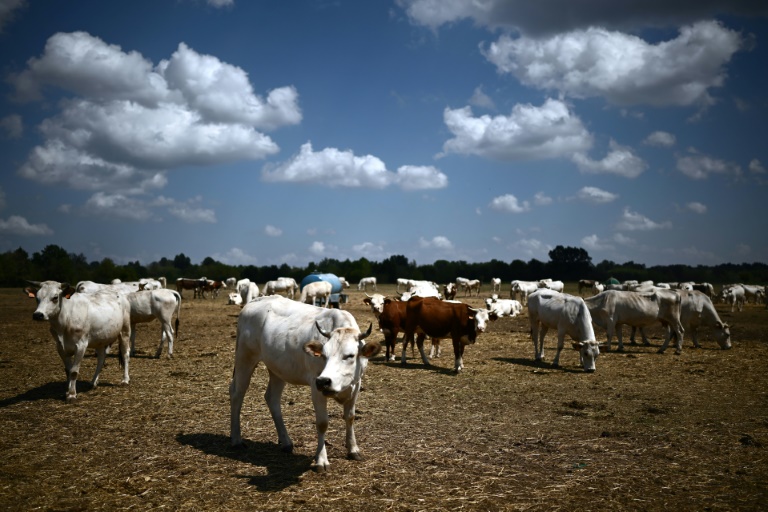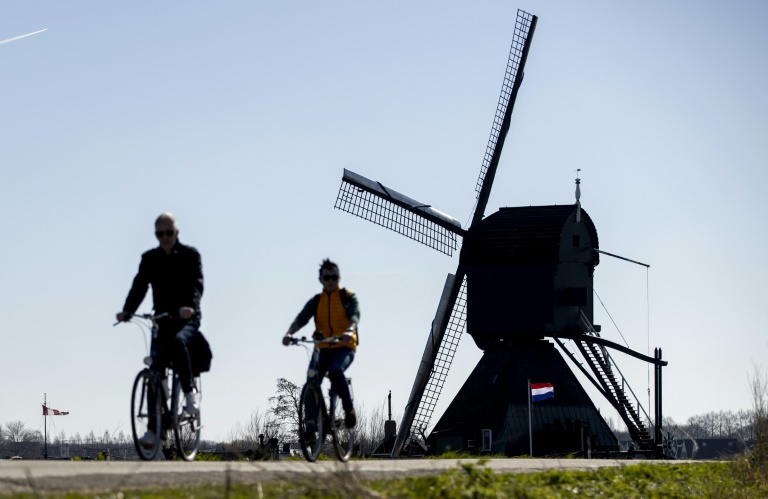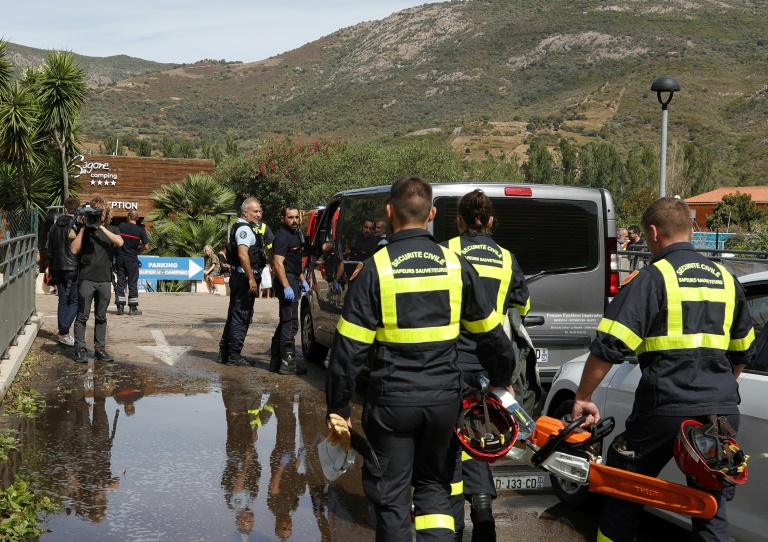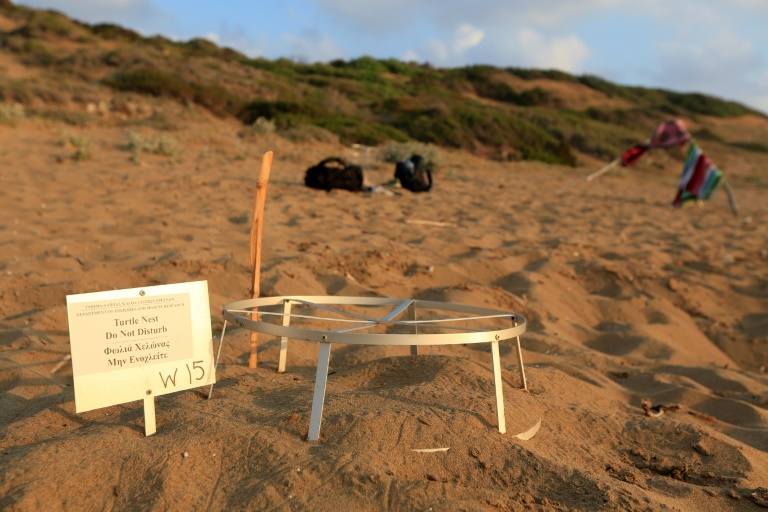Chinese city dims lights in heatwave power crunch
China's searing heat is drying up the critical Yangtze River, with water flow on its main trunk about 51 percent lower than the average over the last five years, state media outlet China News Service reported
A provincial capital in southwest China has dimmed outdoor advertisements, subway lighting and building signs to save energy, official announcements said, as the area battles a power crunch triggered by record-high temperatures.
The mercury has soared beyond 40 degrees Celsius (104 Fahrenheit) in Sichuan province this week, fueling massive demand for air conditioning and drying up reservoirs in a region reliant on dams for most of its electricity.
Factories including a joint venture with Japanese car giant Toyota in provincial capital Chengdu have been forced to halt work, while millions in another city Dazhou grappled with rolling power cuts.
“Hot and muggy weather has caused the city’s electricity supply for production and daily life to be pushed to its limit,” Chengdu’s urban management authorities said in a notice on social media Thursday.
Faced with a “most severe situation”, the city — home to over 20 million people — ordered landscape illumination and outdoor advertising lights to be switched off in notices issued Tuesday, the statement said.
Building name signs will also be darkened.
And Chengdu metro said in a video on China’s Twitter-like Weibo platform that it would also turn off advertisement lights and “optimise” the temperature in stations to save energy.
Photos circulating on Weibo showed dimmed lights on metro platforms, walkways and in malls, with commuters walking in partial darkness.
The searing heat is also drying up the critical Yangtze River, with water flow on its main trunk about 51 percent lower than the average over the last five years, state media outlet China News Service reported Thursday.
Sichuan’s power woes could also have ripple effects on the wider Chinese economy — the province is a key supplier of energy generated by hydropower, including to eastern industrial powerhouses like Jiangsu and Zhejiang.
China is battling extreme weather on several fronts, with 17 people killed in a flash flood in the northwest of the country on Thursday following torrential rains.
Meanwhile, weather authorities in the eastern Jiangsu province warned drivers of tire puncture risks on Friday as the surface temperature of some roads were poised to hit 68 degrees Celsius.
The China Meteorological Administration earlier said the country was going through its longest period of sustained high temperatures since records began in 1961.
Scientists say extreme weather across the world has become more frequent due to climate change and that urgent global cooperation is needed to slow an impending disaster.
The world’s two largest emitters are the United States and China.
But earlier this month Beijing announced it was freezing its cooperation with Washington on global warming in protest at a visit by US House Speaker Nancy Pelosi to Taiwan.

